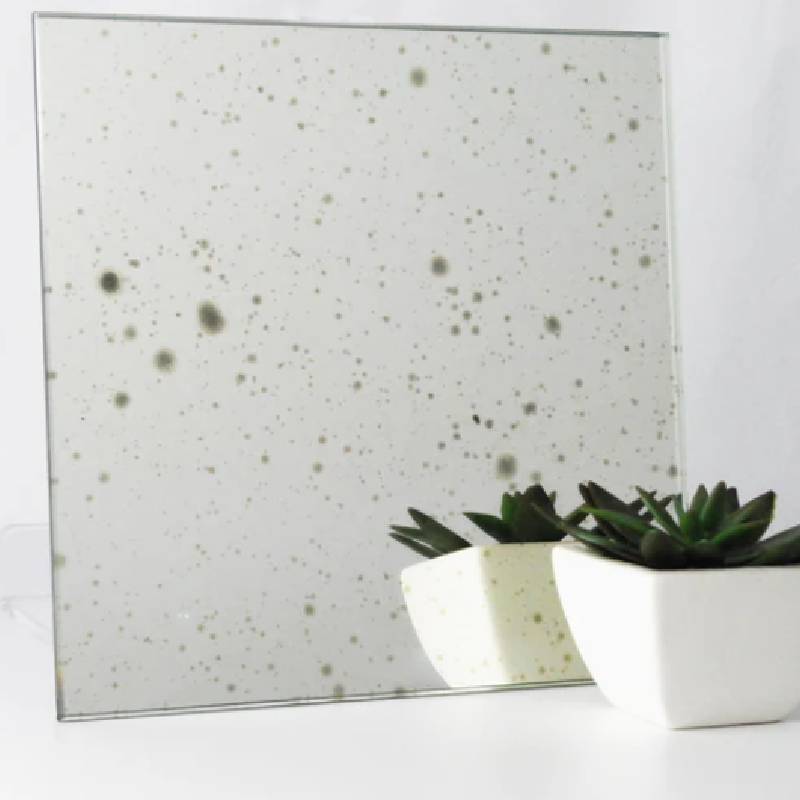The Advancements and Benefits of Infrared Reflecting Laminated Glass
In the ever-evolving world of architecture and building materials, the pursuit of energy efficiency and sustainable design continues to take center stage. Among the innovations that have significantly contributed to these goals is infrared reflecting laminated glass. This technologically advanced material serves as a barrier against unwanted heat while allowing natural light to permeate indoor spaces. This article explore the features, benefits, and applications of infrared reflecting laminated glass in modern architecture.
What is Infrared Reflecting Laminated Glass?
Infrared reflecting laminated glass is a specialized type of glass that has undergone a unique manufacturing process. It typically consists of two or more layers of glass that are bonded together with a plastic interlayer. This interlayer is where the infrared reflecting properties come into play. By incorporating advanced coatings or films, this glass is engineered to reflect a significant portion of the infrared radiation from the sun while still permitting visible light to pass through. The result is a product that helps maintain comfortable indoor temperatures without compromising natural daylight.
The Benefits of Infrared Reflecting Laminated Glass
1. Energy Efficiency One of the primary advantages of using infrared reflecting laminated glass is its ability to reduce heat gain in buildings. By reflecting excess infrared radiation, this glass helps to minimize the reliance on air conditioning systems, significantly lowering energy consumption and costs. As a result, buildings can maintain a more stable indoor temperature, leading to greater overall comfort for occupants.
2. Enhanced UV Protection Alongside its heat-reflective properties, infrared reflecting laminated glass also offers superior protection against harmful ultraviolet (UV) rays. Excessive UV exposure can lead to an array of issues, such as skin damage and fading of interior furnishings. The laminating process effectively blocks a large percentage of UV radiation, safeguarding both the health of occupants and the longevity of interior decor.
infrared reflecting laminated glass
3. Safety and Security The laminated nature of this glass adds an extra layer of safety. In the event of breakage, the interlayer holds the glass fragments together, reducing the risk of injury and potential intrusions. This feature is particularly beneficial for buildings in high-traffic areas or settings where security is a priority, such as banks and government buildings.
4. Sound Insulation Noise pollution is a growing concern, especially in urban environments. Infrared reflecting laminated glass can also contribute to sound insulation, providing a quieter indoor environment. Its thick layers and the interlayer serve as barriers that help absorb and dampen external noise.
5. Aesthetics and Design Flexibility Beyond its functional benefits, this type of glass is available in various styles, colors, and finishes, allowing architects and designers to create visually striking facades. The ability to reflect sunlight while maintaining clear visibility opens up a plethora of design possibilities, giving buildings a modern and sleek appearance.
Applications in Architecture
Infrared reflecting laminated glass can be effectively utilized in a variety of architectural applications. Residential buildings can employ this material to create energy-efficient homes that leverage natural light while keeping indoor environments comfortable. In commercial spaces, office buildings benefit significantly from reduced energy costs and improved occupant comfort, which can boost productivity. Moreover, retail spaces can enhance customer experience by using this glass to create inviting atmospheres while protecting merchandise from UV damage.
Conclusion
As the world increasingly prioritizes sustainability and energy efficiency, infrared reflecting laminated glass stands out as an exemplary innovation in building materials. Its multifaceted benefits—including energy savings, UV protection, safety, sound insulation, and design flexibility—make it an indispensable asset for contemporary architecture. As technology evolves, we can expect further advancements in laminated glass solutions, paving the way for smarter, more sustainable buildings that harmoniously blend functionality with aesthetics.
 Afrikaans
Afrikaans  Albanian
Albanian  Amharic
Amharic  Arabic
Arabic  Armenian
Armenian  Azerbaijani
Azerbaijani  Basque
Basque  Belarusian
Belarusian  Bengali
Bengali  Bosnian
Bosnian  Bulgarian
Bulgarian  Catalan
Catalan  Cebuano
Cebuano  Corsican
Corsican  Croatian
Croatian  Czech
Czech  Danish
Danish  Dutch
Dutch  English
English  Esperanto
Esperanto  Estonian
Estonian  Finnish
Finnish  French
French  Frisian
Frisian  Galician
Galician  Georgian
Georgian  German
German  Greek
Greek  Gujarati
Gujarati  Haitian Creole
Haitian Creole  hausa
hausa  hawaiian
hawaiian  Hebrew
Hebrew  Hindi
Hindi  Miao
Miao  Hungarian
Hungarian  Icelandic
Icelandic  igbo
igbo  Indonesian
Indonesian  irish
irish  Italian
Italian  Japanese
Japanese  Javanese
Javanese  Kannada
Kannada  kazakh
kazakh  Khmer
Khmer  Rwandese
Rwandese  Korean
Korean  Kurdish
Kurdish  Kyrgyz
Kyrgyz  Lao
Lao  Latin
Latin  Latvian
Latvian  Lithuanian
Lithuanian  Luxembourgish
Luxembourgish  Macedonian
Macedonian  Malgashi
Malgashi  Malay
Malay  Malayalam
Malayalam  Maltese
Maltese  Maori
Maori  Marathi
Marathi  Mongolian
Mongolian  Myanmar
Myanmar  Nepali
Nepali  Norwegian
Norwegian  Norwegian
Norwegian  Occitan
Occitan  Pashto
Pashto  Persian
Persian  Polish
Polish  Portuguese
Portuguese  Punjabi
Punjabi  Romanian
Romanian  Russian
Russian  Samoan
Samoan  Scottish Gaelic
Scottish Gaelic  Serbian
Serbian  Sesotho
Sesotho  Shona
Shona  Sindhi
Sindhi  Sinhala
Sinhala  Slovak
Slovak  Slovenian
Slovenian  Somali
Somali  Spanish
Spanish  Sundanese
Sundanese  Swahili
Swahili  Swedish
Swedish  Tagalog
Tagalog  Tajik
Tajik  Tamil
Tamil  Tatar
Tatar  Telugu
Telugu  Thai
Thai  Turkish
Turkish  Turkmen
Turkmen  Ukrainian
Ukrainian  Urdu
Urdu  Uighur
Uighur  Uzbek
Uzbek  Vietnamese
Vietnamese  Welsh
Welsh  Bantu
Bantu  Yiddish
Yiddish  Yoruba
Yoruba  Zulu
Zulu 

